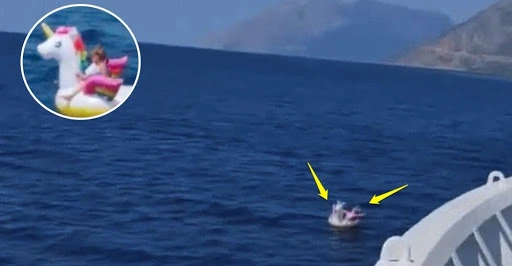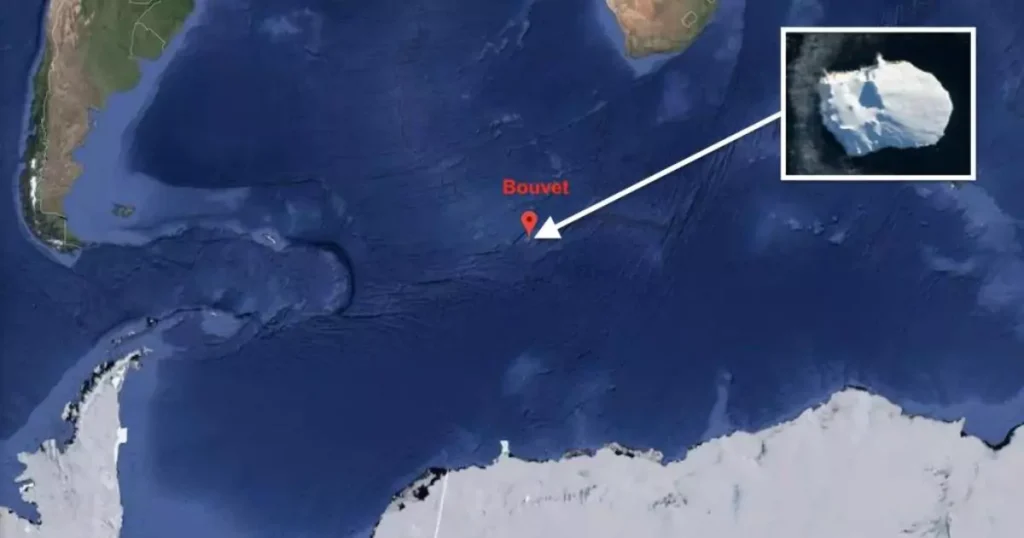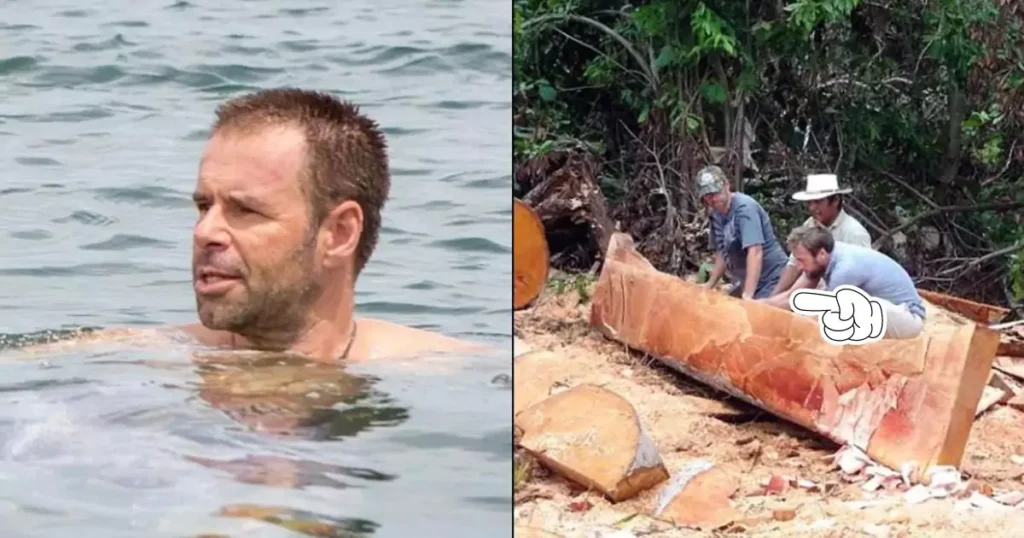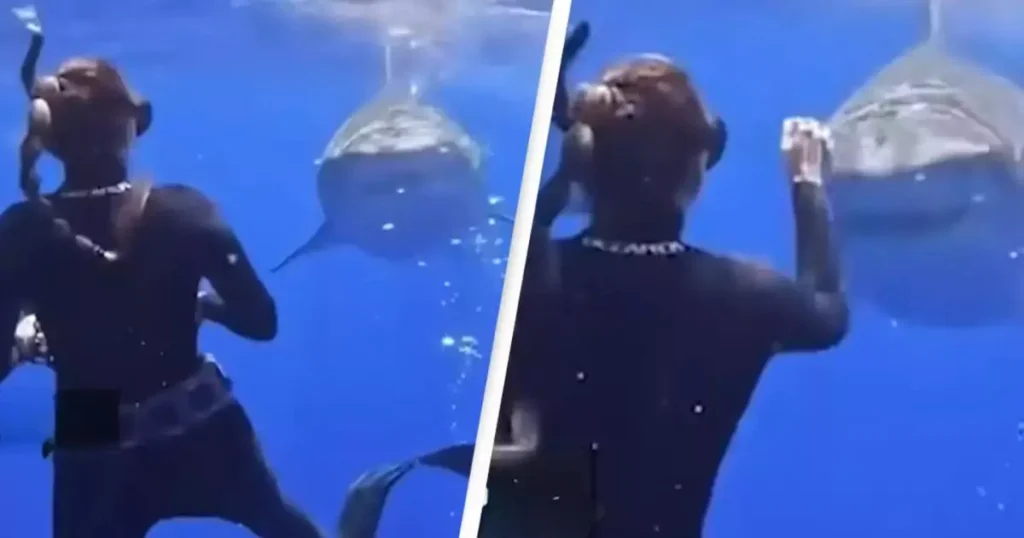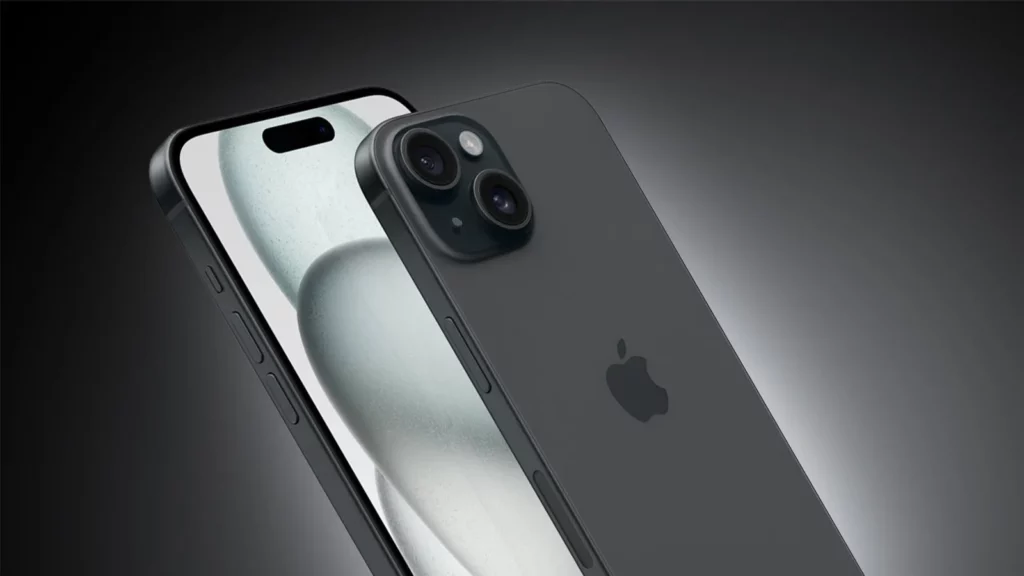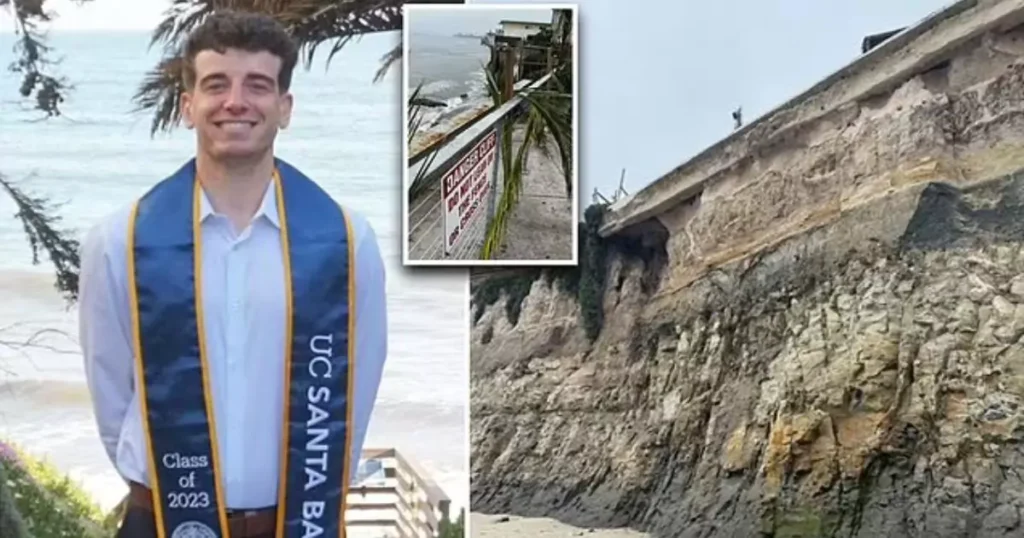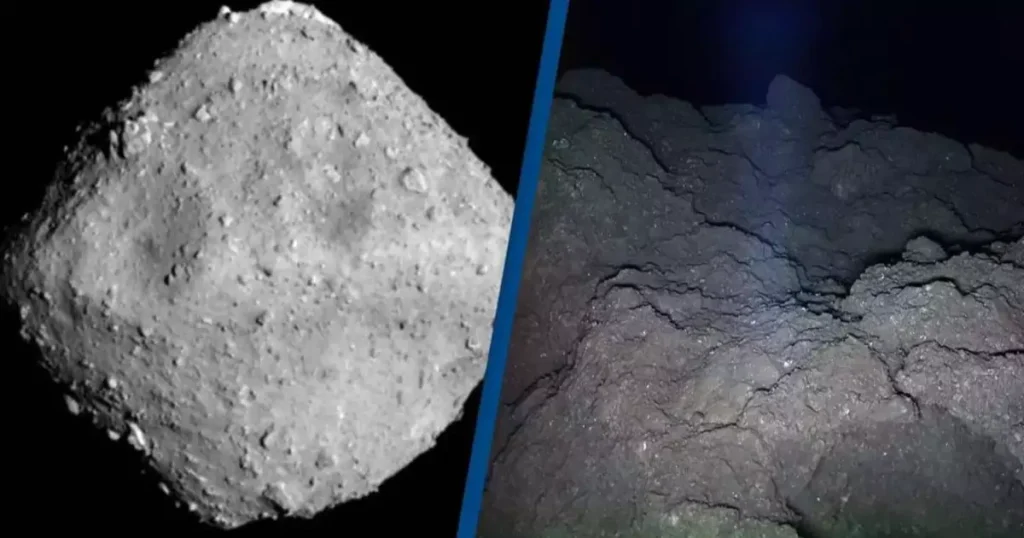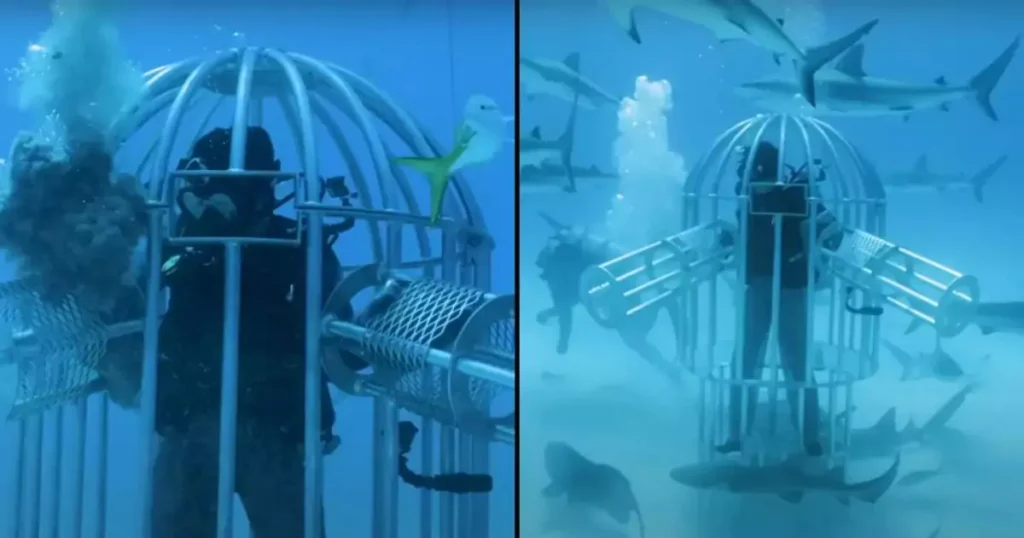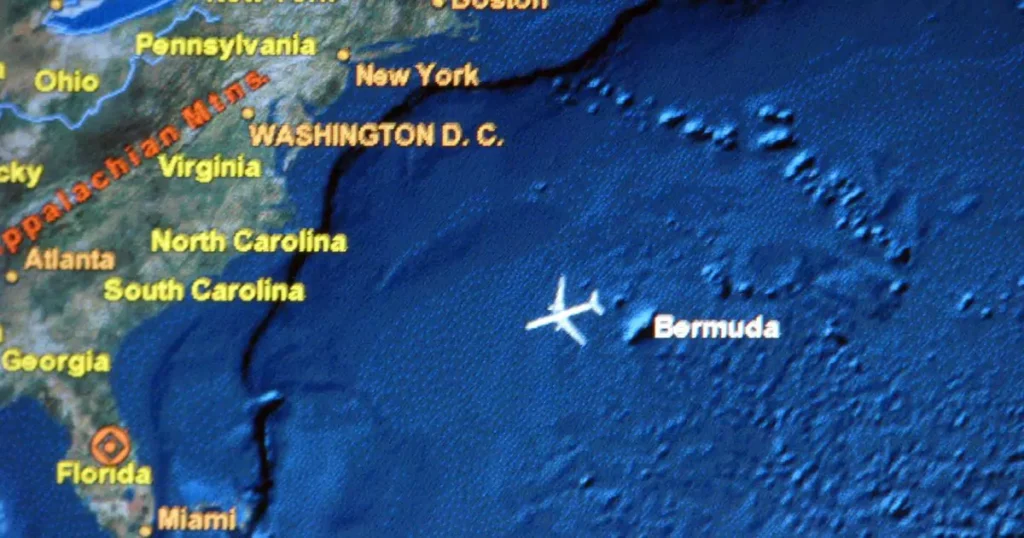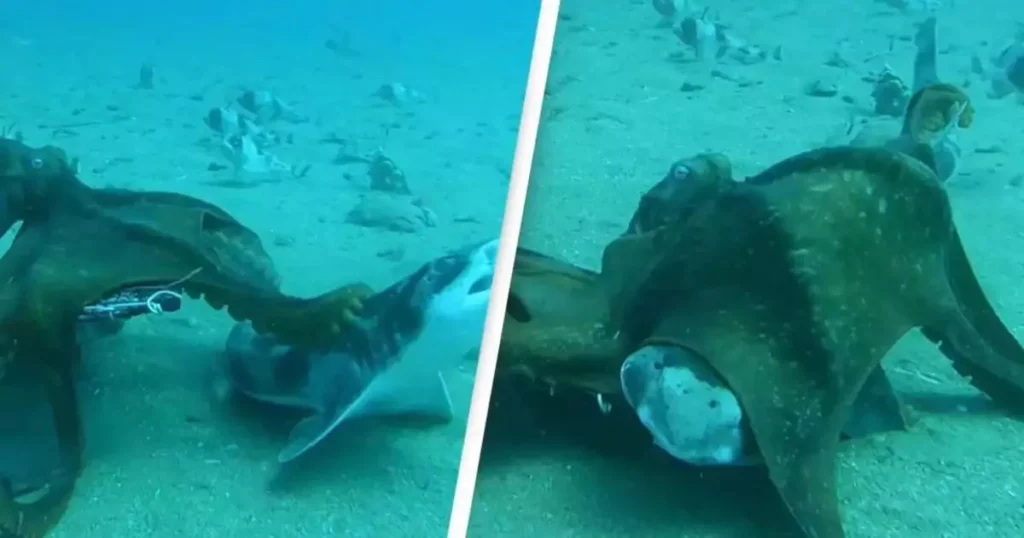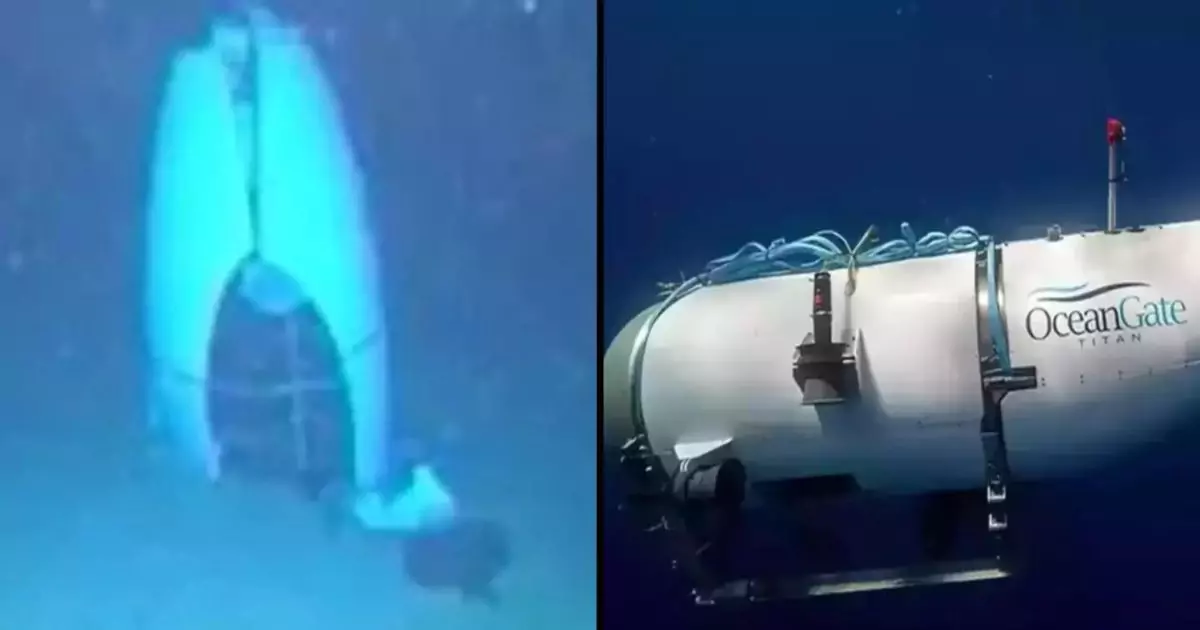
A tragic event in June 2023 claimed the lives of five people aboard the Titan submersible during a deep-sea expedition to visit the Titanic wreck. The first photo of the Titan submersible after its catastrophic implosion has now been released, giving the world a sobering glimpse of the aftermath.
The Fatal Expedition to the Titanic Wreck
On that fateful day, the Titan submersible, operated by OceanGate, embarked on a journey thousands of feet underwater. The passengers included OceanGate’s CEO Stockton Rush, British explorer Hamish Harding, British-Pakistani businessman Shahzada Dawood, his son Suleman, and veteran French diver Paul-Henri Nargeolet. Their goal was to explore the remains of the Titanic, but tragedy struck when contact with the sub was lost on June 18, 2023.
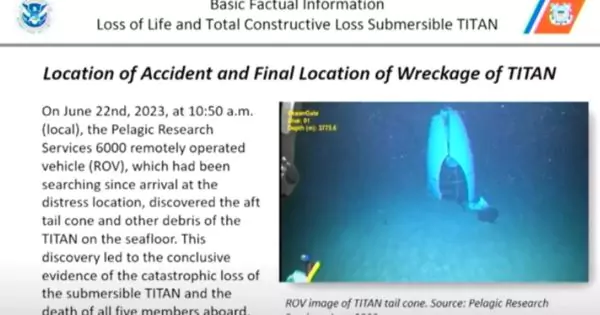
Despite an extensive search operation that captivated the world, hope faded when a debris field, as well as what was presumed to be human remains, was found. It was later confirmed by the US Coast Guard that the Titan had suffered a catastrophic implosion, killing everyone on board instantly.
Uncovering the Cause of the Disaster
The first photo of the Titan submersible after the implosion was made public during a hearing currently being held by the US Coast Guard in Charlestown, South Carolina. The hearing, which is expected to last two weeks, aims to uncover the facts behind this devastating accident and develop safety recommendations to prevent similar incidents in the future.
According to the US Coast Guard, the purpose of this hearing is to “uncover the facts surrounding the incident and develop recommendations to prevent similar tragedies in the future.” The image shows the remains of the sub on the ocean floor, with the aft tail cone visible at a depth of 3,775 meters, surrounded by other debris. This first photo after the implosion was taken by a remotely operated vehicle (ROV) on June 22, 2023, just days after the search began.
The Last Words From the Titan
During the hearing, it was revealed that the Titan’s crew had been communicating with support staff on the Polar Prince, the ship supporting the submersible’s dive. They exchanged text messages, with the Polar Prince repeatedly asking about the sub’s depth and weight. The final message from the Titan came after the Polar Prince inquired whether the sub could still see the ship on its display. The crew’s last words were a chillingly simple “all good.”
Shortly after, contact was lost, and the submersible descended into the depths, leading to the tragic implosion that claimed the lives of everyone aboard.
Engineering Concerns Raised
One of the key testimonies at the hearing came from Tony Nissen, the former engineering director at OceanGate. Nissen stated that he was not surprised by the sub’s failure, saying he had witnessed issues with the vessel during testing. He recounted an incident where he observed rapid decompression in one of the models being tested, which raised alarms about the sub’s safety. He claimed that despite these concerns, changes were not made.
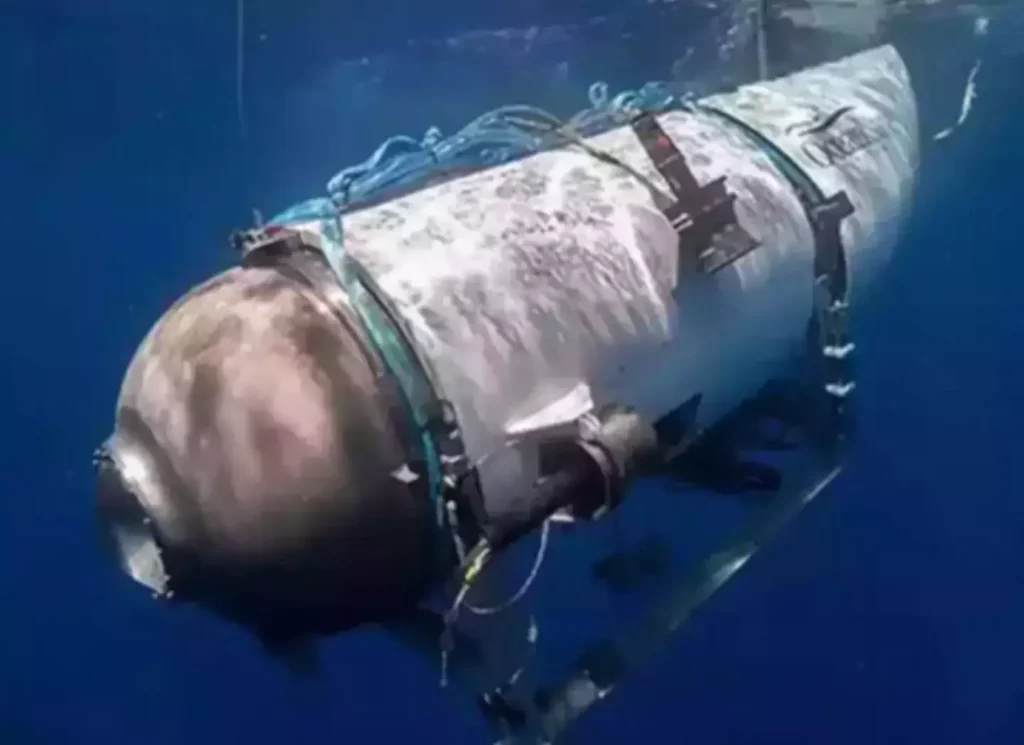
Nissen also testified that he had informed Brian Spencer, the chief executive of the company contracted to build the hull, that the design was flawed. However, he alleged that Spencer was unwilling to alter the design, citing the potential costs and delays.
The Submersible’s Classification and Stockton Rush’s Role
Another critical point raised in the hearing was the fact that the Titan submersible was not officially classified by the Classification Society, the organization responsible for ensuring technical standards for ships and submersibles. Nissen claimed this decision was due in part to the cost and time involved in obtaining the classification.
In his testimony, Nissen shared a revealing moment with Stockton Rush, OceanGate’s CEO, describing how Rush expressed frustration over the lengthy and expensive process. “One day he was crying on my shoulder, saying it would take too long, and it was way too expensive. He thought it stifled innovation,” Nissen testified.
Lessons Learned and Moving Forward
The release of the first photo of the Titan submersible after the implosion serves as a stark reminder of the dangers associated with deep-sea exploration. The ongoing hearing aims to shed light on the series of events and decisions that led to this tragedy. As more information surfaces, it is hoped that lessons learned from this disaster will lead to stricter safety protocols and prevent future accidents from claiming more lives.
The fascination with exploring the wreck of the Titanic has long captivated adventurers and explorers. However, the risks of pushing technological boundaries in extreme environments are ever-present. The story of the Titan submersible and its passengers serves as a cautionary tale of the delicate balance between innovation and safety in the pursuit of discovery.
As the hearing continues, more details will emerge, potentially altering the course of future deep-sea exploration. In the meantime, the first photo of the Titan submersible after implosion serves as a haunting image, forever marking the tragic end of an expedition that sought to explore the depths of history.






